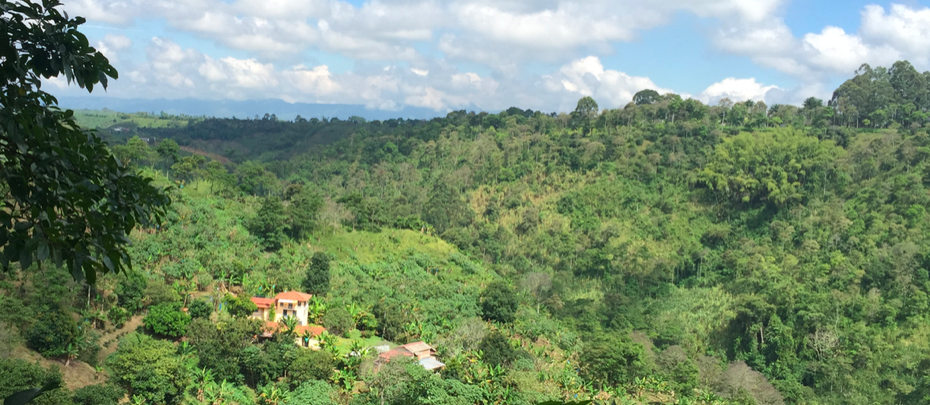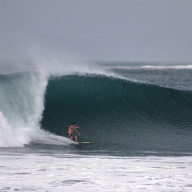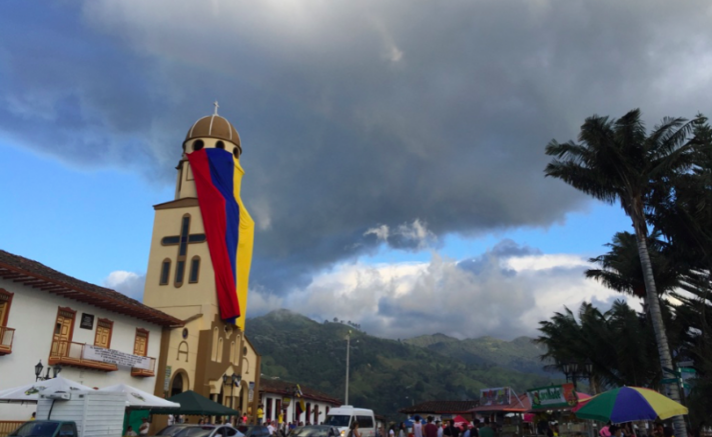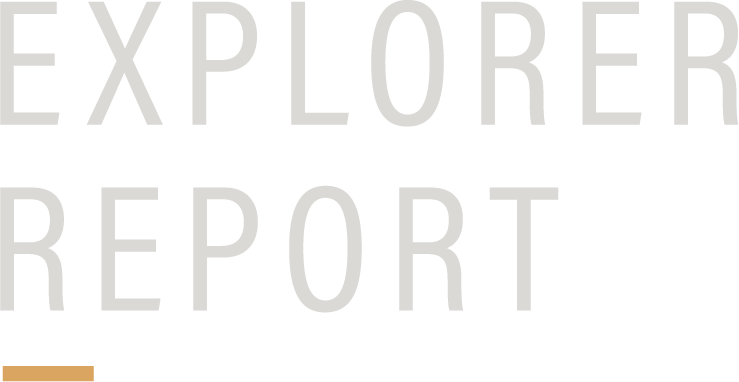“Twenty percent discount?” I excitedly asked.
“Yes, it’s selling for twenty percent under spot price.”
“That’s about a $250 discount per ounce! Let’s buy some!” I said.
He looked back at me, tilting his head a bit, “Well it’s not that easy… They’re selling it as dust or small nuggets.”
“So it might be fake?”
Dan continued, “No, I’m not really worried about that – I know it’s real. I’ve been to the mines and seen them getting the gold out of the ground. It’s just that, well, it’d be hard to make a transaction.”
I looked at Dan, who had become one of my better friends over the past couple of years, “Ahhh… you’re worried about getting robbed. They know you have cash on you, so they would just rob you.”
“Well, yeah, that’s one of my main concerns.”
I thought for a second, “There has got to be a way to make it happen. Twenty percent discount is just too good to pass up.”
Looking out the front windshield as he was driving, “Yup. I’m sure there is a way. And I bet we could get an even deeper discount than that… Colombians are desperate for US dollars because their currency, the peso, has been absolutely thrashed.” ]We continued driving away from Cali airport, where Dan had just picked me up, silently thinking to ourselves.
]We continued driving away from Cali airport, where Dan had just picked me up, silently thinking to ourselves.
Dan and I knew very well that the Colombian peso was going through a very tough time, losing more than 50% of it’s buying power in only a year. It was one of the main reasons why I had flown into Cali to meet with him.
It seemed that there was opportunity everywhere, including gold.
But, we were after a different kind of gold – brown gold.
We drove for a couple hours into the hills that surround Valle de Cauca – one of the most important regions in all of Colombia due to its fertile agricultural land and large seaport on the Pacific Coast.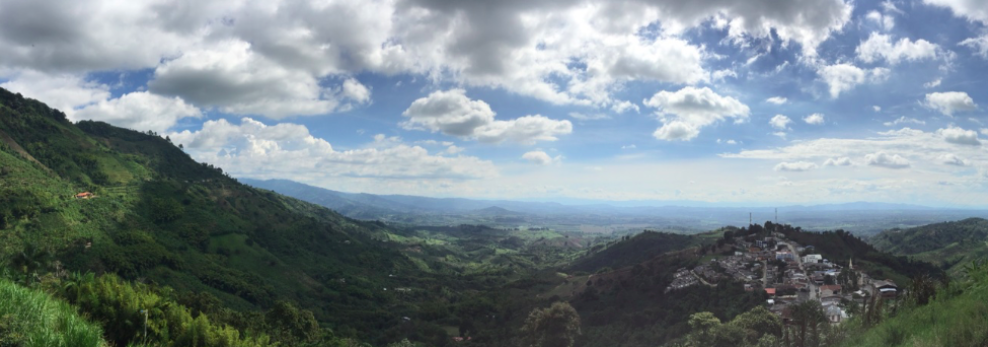 The area is unique in that the weather is both cool and humid, allowing for various types of crops to flourish unlike anywhere else in the world.
The area is unique in that the weather is both cool and humid, allowing for various types of crops to flourish unlike anywhere else in the world.
Colombia has long been known for its ability to grow profitable crops – both legal and illegal.
Neither Dan nor I wanted to do anything with the frowned upon crops – we were after the brown gold. If we could get it at the right price, we could profit for a long time. Maybe even the rest of our lives, like an annuity.
Several hours after we left from the airport, we finally arrived in the small town of Montenegro.
Dan and I stuck out like sore thumbs – two six foot gringos in a land with nearly zero international tourism. Perhaps we were the only ones hunting for brown gold? I doubted it, but we certainly didn’t see evidence of any others, despite the stunningly beautiful landscape and European styled buildings.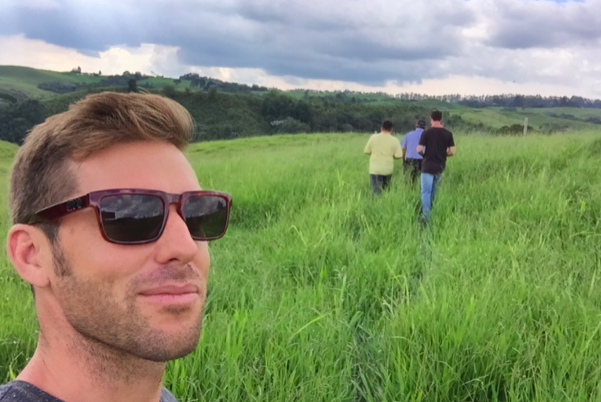 Colombia is stuck with a horrible reputation from the violent drug war that climaxed during the nineties. Today, most of that has changed, with the only remaining hurdle of the Colombian economy being the stigma that Pablo Escobar gave the country.
Colombia is stuck with a horrible reputation from the violent drug war that climaxed during the nineties. Today, most of that has changed, with the only remaining hurdle of the Colombian economy being the stigma that Pablo Escobar gave the country.
How would the country climb out of that predicament? How would Colombia clean it’s act up to entice the average tourist to come visit and spend money?
Truthfully, that wasn’t our concern. All we were after was the brown gold that we could purchase for rock bottom prices. Dan and I felt that we were at the perfect time to finally strike a deal.] 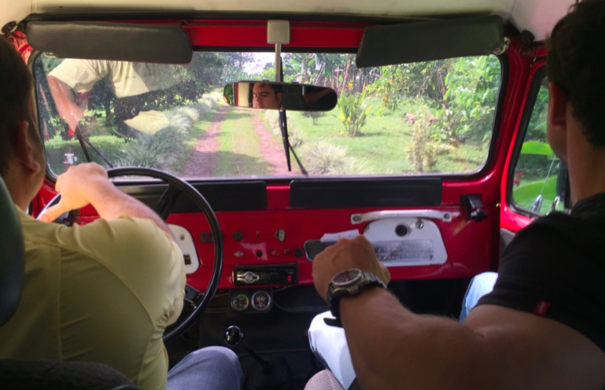 ]We had been doing due-diligence for nearly three years, waiting for an opportunity to enter the market… we finally had our chance.
]We had been doing due-diligence for nearly three years, waiting for an opportunity to enter the market… we finally had our chance.
When we first ‘penciled out’ how we’d profit, the Colombian Peso was at 1900 to 1. That’s right. 1,900 Pesos to 1 US Dollar.
Now, it was 3,000 to 1. An enormous difference if you’re purchasing with US dollars…
Those numbers we penciled out suddenly started to make a lot more cents.
We must of looked at nearly 100 brown gold deals. Some were cheap and some were expensive, in Colombian terms, but they were all steals in US Dollar terms.
But we weren’t after the best deal. We were looking for the best quality brown gold.
The quality would determine how well our future payouts would work. If we bought something that was cheap, but poor quality, then our annuities that we expected to get for the rest of our lives might dry up in a couple years.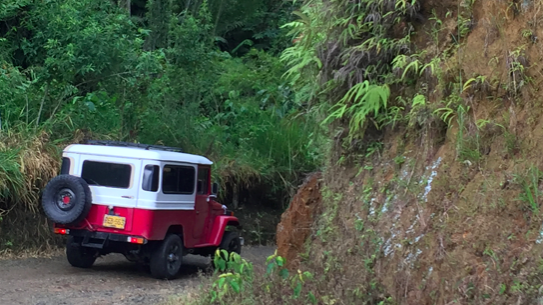 Dan and I wanted brown gold that would last.
Dan and I wanted brown gold that would last.
We wanted to yield a return every year, all from a simple one-time investment. We’d reinvest a portion of our profits to keep the deal running, but we’d also make sure to pay ourselves well.
In addition to the Colombian Peso declining in value, coffee prices were also down, which in turn, lowered the value of brown gold – dirt.
Dan and I were in search for dirt.
Dirt is just like gold. It’s a physical asset, it’s timeless and it’s finite (even more so than gold). But, there’s something that dirt has over gold… not only does dirt appreciate over time (and keeps up with inflation), but dirt can also provide yield.
Dirt literally grows money. Coffee, cacao, bananas, sugar, fruit and all kinds of delicious food that humans must consume to stay alive.
That’s what we were looking at. Land that produced valuable food.
But, it’s not all fun and profits. In fact, it’s an extremely frustrating, stressful and risky venture to find (and purchase) agricultural land. Particularly in an area that has one of the highest murder rates in the world.
Hey… you gotta take risks right…?
The risks aren’t only limited to murder, though. There is the possibility that you can get scammed. Meaning you think you are buying a piece of land that will make you money, only to find out that you wired money to some crook – all you end up with is a fake deed to a nonexistent property.
You get caught standing in a game of high risk musical chairs – and there is no one to bail you out.
Additionally, there is one more risk that keeps most people away from investing in foreign countries. That risk is that the country is foreign. There’s a language barrier, a cultural barrier and a trust barrier.
That trust barrier is what separates gold from land. You can physically hold gold. You can only hold land under whatever authority ultimately governs the area.
So, more risk… more reward…right?
Not really…
More like: more work, more reward.
We were willing to put in the work. To put in the time, to do the due diligence, and ensure that we were dealing with the right people.
Most importantly, we were looking to make a good deal.
And yes, the risk of investing in a country that has known corruption was certainly concerning.
But, with all of those odds stacked against us, we still knew we had to act.
“In any moment of decision, the best thing you can do is the right thing, the next best thing is the wrong thing, and the worst thing you can do is nothing.” -Theodore Roosevelt
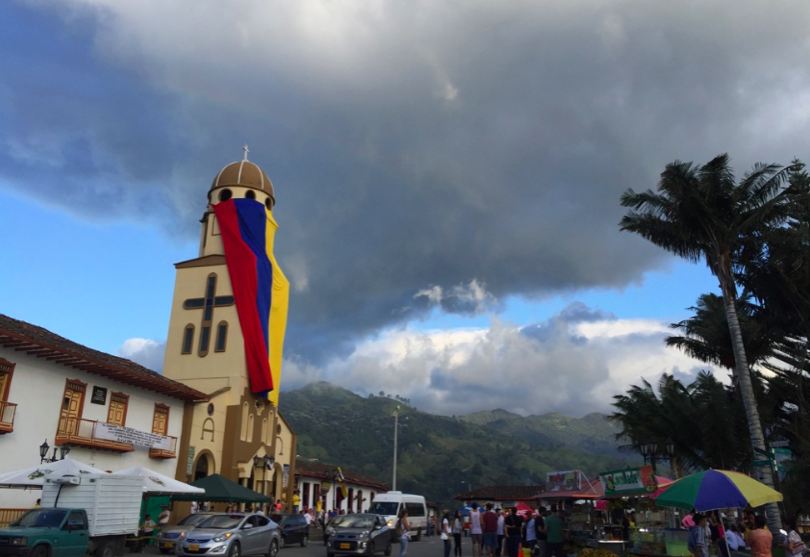 So… you’re probably wondering about how to get that free house.
So… you’re probably wondering about how to get that free house.
Well, nearly every piece of land we looked at included a house – but the land was priced without the inclusion of the home.
In other words, profitable agricultural land is being sold for only the price of the land.
In fact, one of the properties we looked at included three homes, but the price per square meter of the land was cheaper than even surrounding farms without homes! Basically, three homes came for free on the agricultural land.
Colombia is a perfect example of real estate selling for less than the cost of construction. It would cost far more money to build many of the homes included on these farms than the total cost of each farm.
Ok… now the really important part… how much are these farms going for???
A fully operating and profitable (in the 20%-40% annual yield range) farm starts in the $200k range and goes up.
Makes you want to put a straw hat on, huh!?
Especially when the farm looks like this: